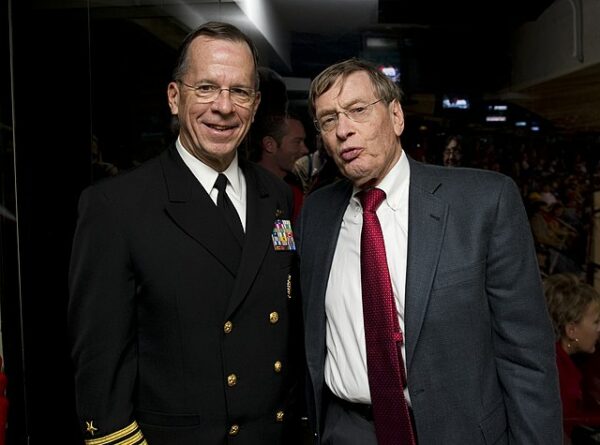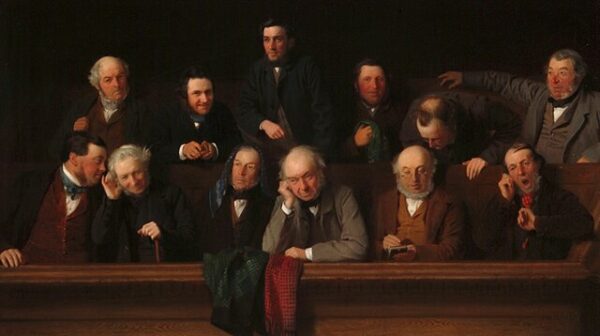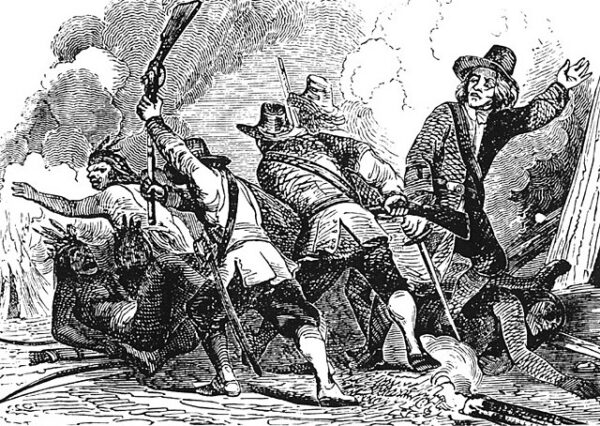The 1994 Major League Baseball strike stands as one of the most significant and disruptive events in the history of the sport, marking a period of deep conflict between the players and team owners. The strike, which began on August 12, 1994, was primarily driven by disagreements over salary caps and revenue sharing. The owners, concerned about rising player salaries and seeking greater financial control, proposed a salary cap as part of a new collective bargaining agreement. The players, led by the Major League Baseball Players Association (MLBPA), vehemently opposed the idea, seeing it as an attack on their earning potential and a violation of their rights under the free market system.
This was not the first time that labor disputes had rocked Major League Baseball, but the 1994 strike was particularly bitter and ultimately more damaging than any previous conflict. The seeds of discord had been planted long before the actual strike, with tensions brewing throughout the early 1990s as owners and players clashed over various economic issues. By the time the strike was called, both sides were deeply entrenched in their positions, leaving little room for compromise.
As the strike began, baseball fans held onto hope that a resolution would be reached quickly, allowing the season to resume. However, as the days turned into weeks and then months, it became clear that this dispute would not be easily resolved. The strike dragged on through the late summer and into the fall, forcing the cancellation of the remainder of the regular season, as well as the playoffs and, most devastatingly, the World Series. This marked the first time since 1904 that the World Series was not held, and it left a gaping void in the hearts of baseball fans across the country.
The impact of the strike was felt far beyond the diamond. Economically, the strike cost the league an estimated $580 million in revenue, with players losing nearly $230 million in salaries. But the financial losses paled in comparison to the damage done to the sport’s reputation and its relationship with fans. Baseball, often referred to as America’s pastime, was now seen by many as a battleground for greed, with both owners and players painted as villains in the public eye.
The fallout from the strike was severe. Attendance at games plummeted when play finally resumed in 1995, as disillusioned fans stayed away from the ballparks in protest. Television ratings also took a significant hit, and the sport’s popularity suffered greatly in the years that followed. The strike left an indelible mark on the collective memory of baseball enthusiasts, who felt betrayed by the very institutions they had long supported.
Negotiations between the MLBPA and the owners eventually resumed, but it took months of intense bargaining and the intervention of federal mediators before an agreement was reached. In March 1995, the players and owners finally settled on a new collective bargaining agreement, one that did not include a salary cap but did introduce a luxury tax on teams that exceeded a certain payroll threshold. While this compromise allowed the game to move forward, the scars from the strike remained, and the relationship between the two sides continued to be fraught with tension.
The 1994 baseball strike also had a lasting impact on the careers of many players. Stars like Tony Gwynn, Matt Williams, and Ken Griffey Jr. were all having outstanding seasons when the strike hit, and their chances of setting historic records were dashed by the premature end of the season. The strike may have cost Gwynn the chance to hit .400, a feat not achieved since Ted Williams in 1941. Williams and Griffey were both on pace to challenge Roger Maris’ single-season home run record, but their pursuits were cut short. These what-ifs became part of the strike’s enduring legacy, fueling the sense of what could have been in the annals of baseball history.
In the years since, the 1994 strike has served as a cautionary tale for both owners and players. While the sport has largely recovered in the decades since, the memory of that lost season lingers as a testament to the fragile balance between business and the love of the game.






